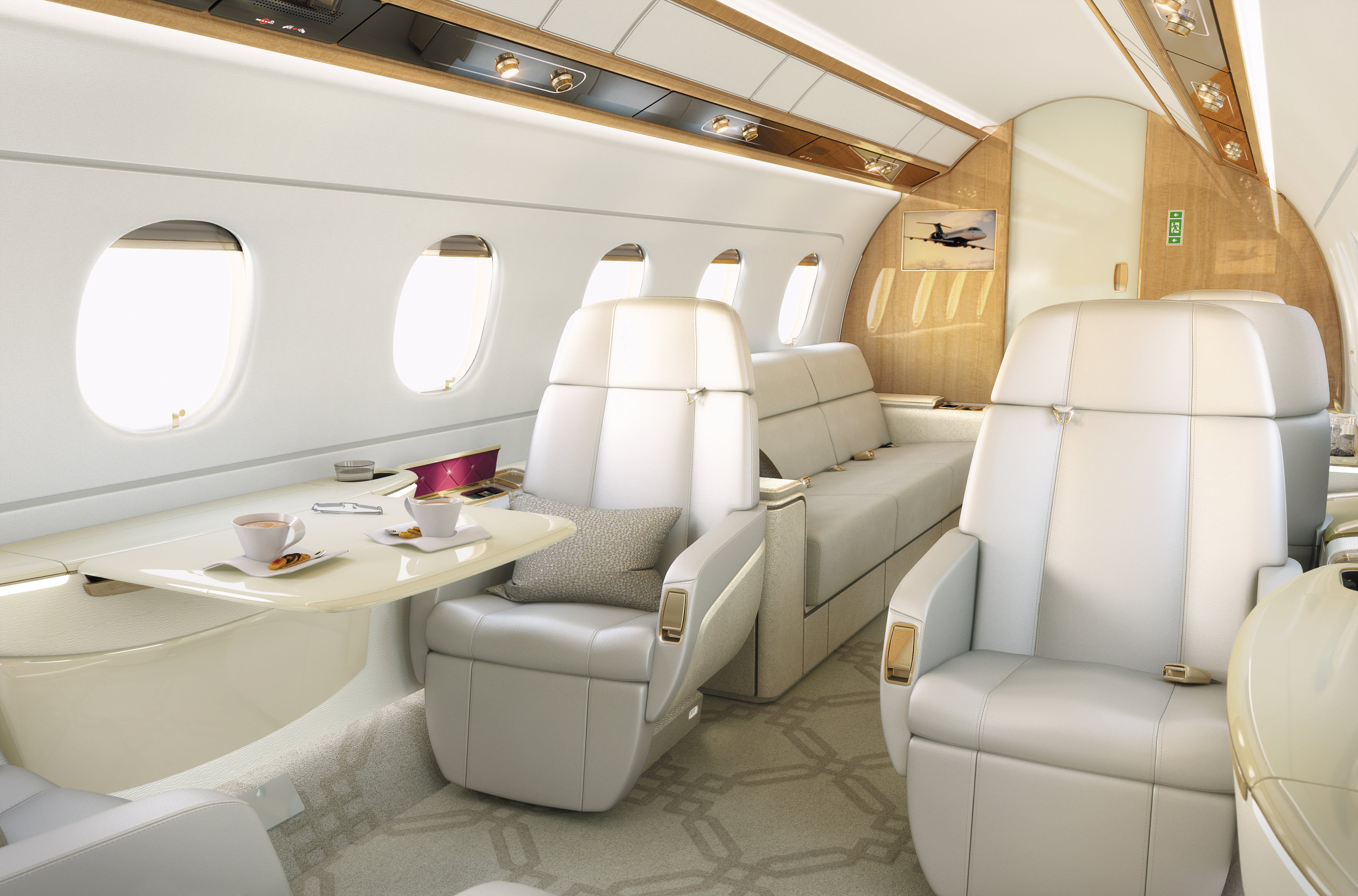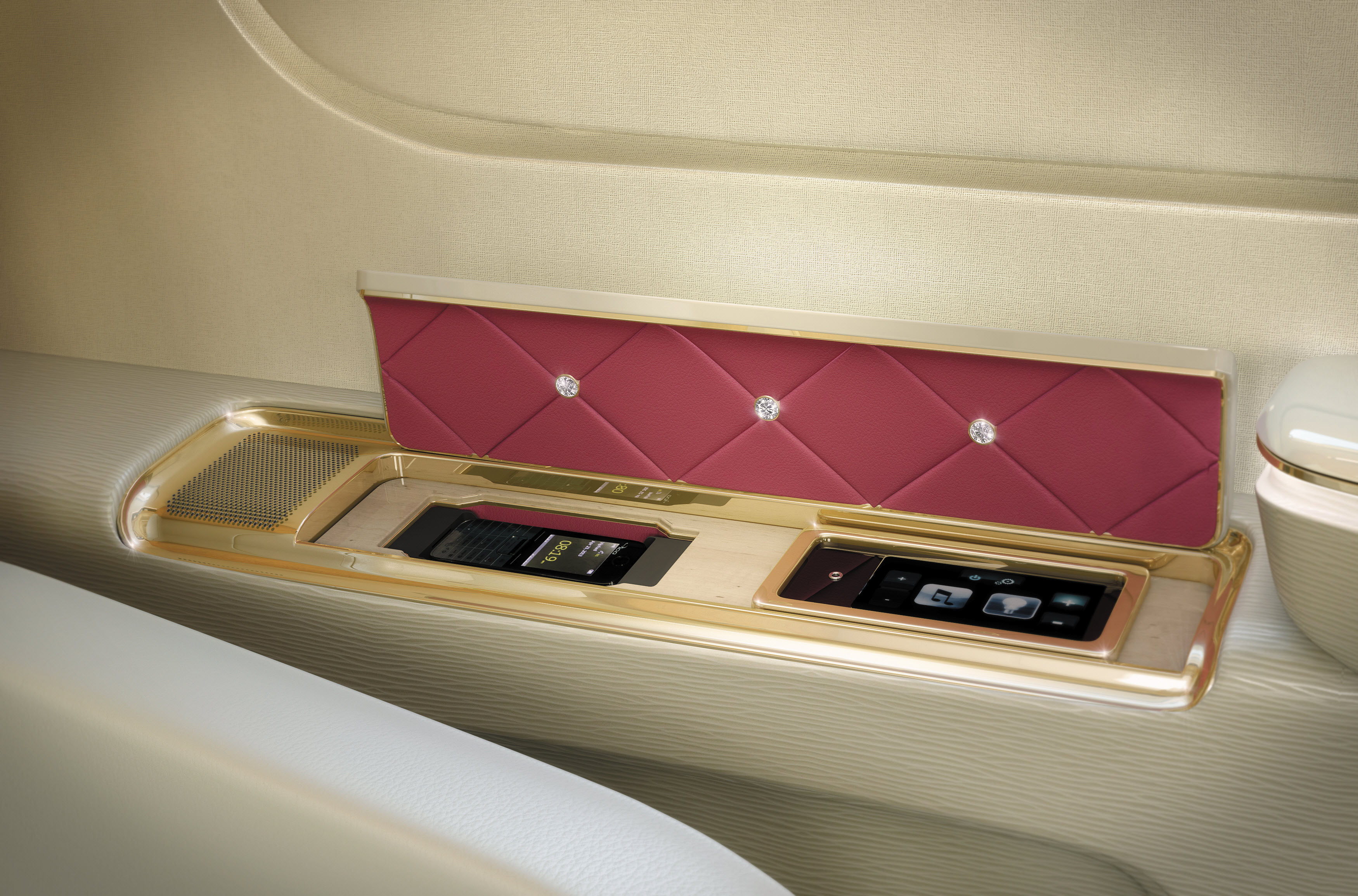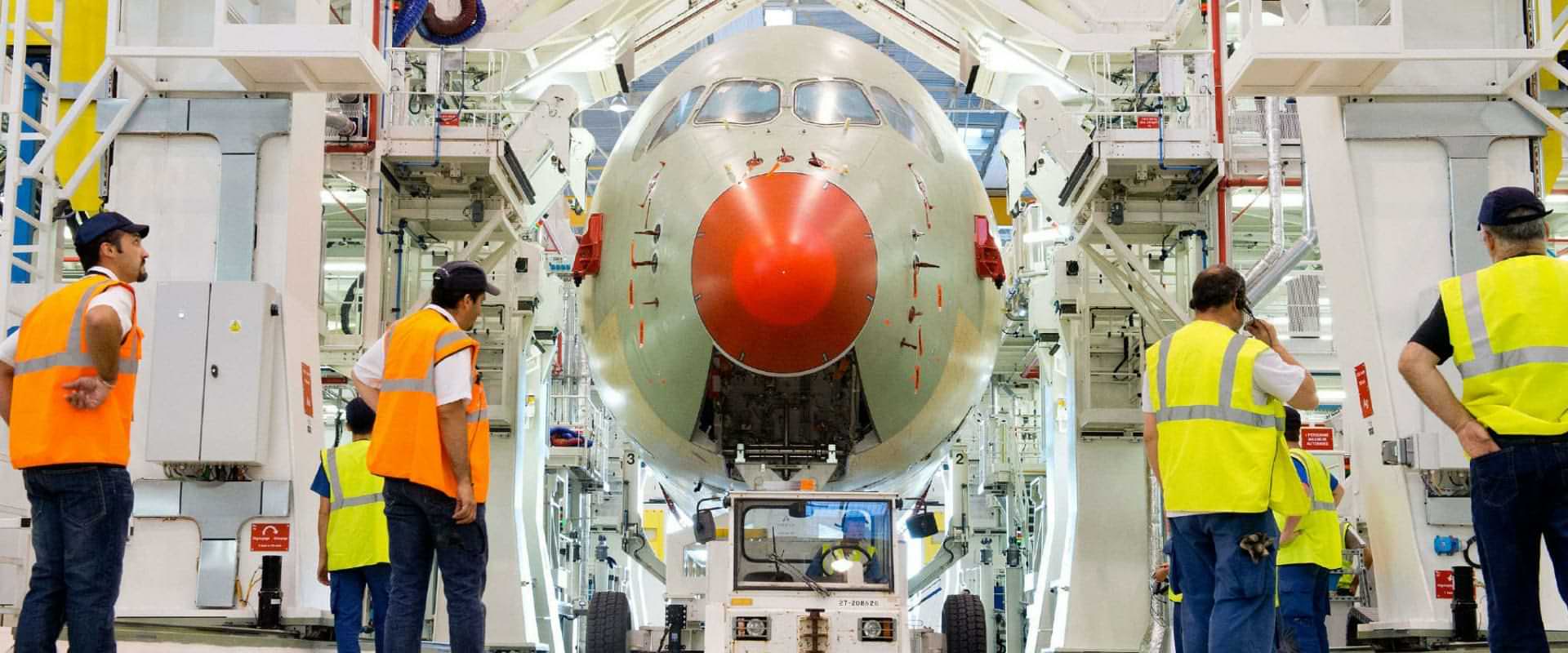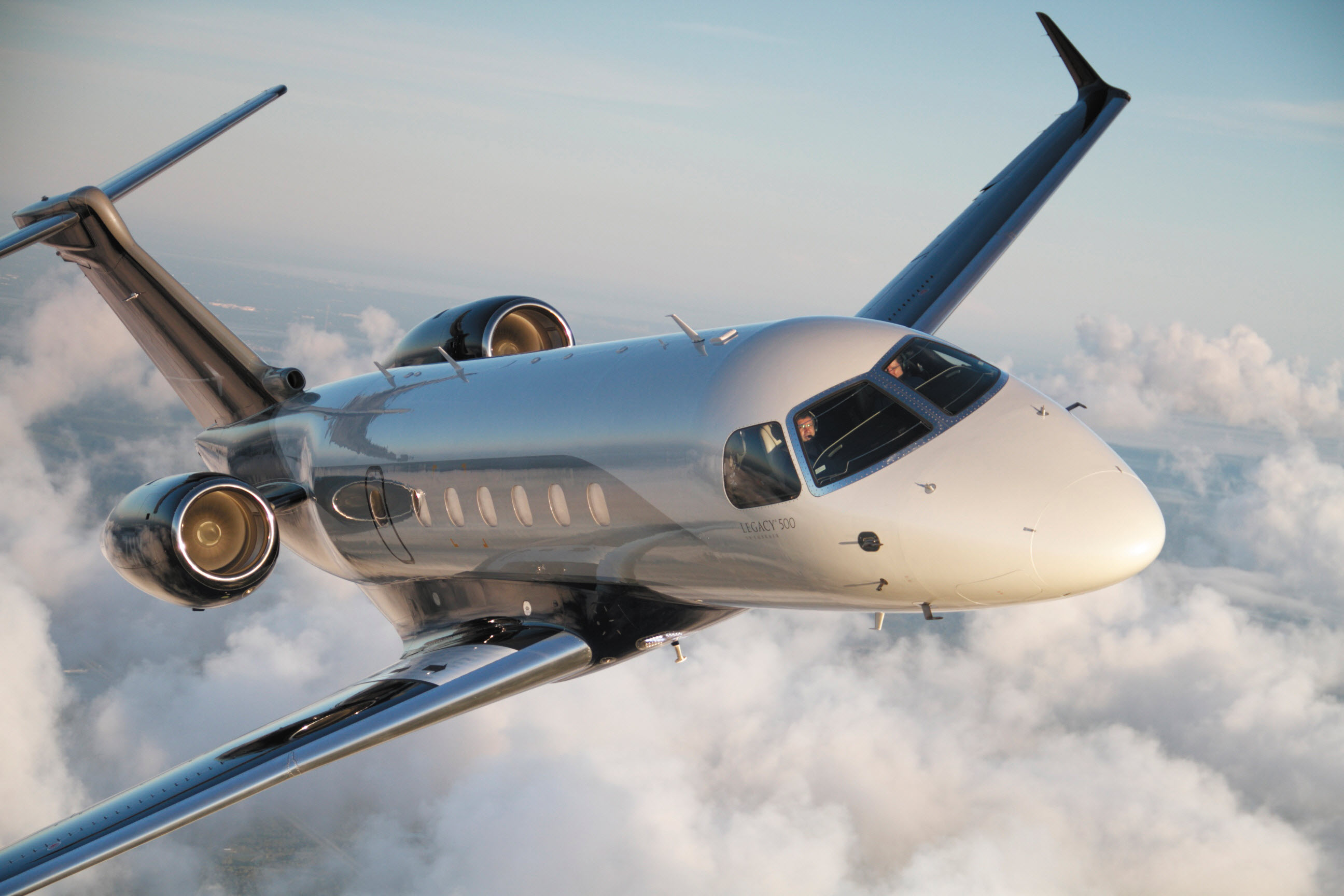Embraer
Embraer adopted Dassault Systèmes’ 3DEXPERIENCE platform for design, data management, simulation and analysis, manufacturing and documentation as provided through the industry solution experience Co-Design to Target.
Practically every major industrialized country has made aviation manufacturing a part of their strategic agenda, despite formidable barriers to entry. In addition to the huge capital investment, other requirements include a deep understanding of markets and the needs of customers, and the ability to manage a complex value chain. Successful aviation companies must pioneer and sustain the development of next-generation technologies and compete on the basis of both cost and quality, as well as maintain a highly skilled engineering and technical workforce and a global network of relationships vital to every facet of aerospace business.
Determined to fulfill its vision of an indigenous industry, the Brazilian government in the 1940s initiated the arduous process of building the infrastructure it would need, starting with the formation of a research and development institute. Eventually, Brazil began the process of transforming science and technology into product engineering and industrial capability. The result was the founding of Embraer in 1969, followed by its privatization in 1994. Brazil’s intrepid initiative not only succeeded, but it proved to be a strategic inflection point in the evolution of aviation itself.
The civilian version of Embraer’s EMB 110 played a pivotal role in establishing the modern regional air transportation industry worldwide, eventually all but displacing the incumbent dominant player. The company had a similar impact on yet another market segment – business aviation. Within 10 years after the company committed to the market, Embraer had the broadest product portfolio in the market that included some of the best-selling business jets of all time. The common denominator in Embraer’s product success has been a level of innovation that has made it one of the most disruptive aerospace competitors in the last quarter century.
We chose the 3DEXPERIENCE platform because we believed it would allow us to do a better job integrating people and ideas, starting at the conceptual stage of product design.
Global goals
As successful as the company has been in serving customers worldwide in multiple market segments, Embraer still faces challenges, such as how to become more global. In particular, Embraer must identify the best opportunities for partnerships that may spawn new technologies it could leverage across its product portfolio.
Embraer also strives to become even better at continuous product improvement and efficiently integrating higher performing suppliers into the production and product support system to meet its goal of delivering higher-value products to its customers. To help the company achieve this objective, Embraer partnered with Dassault Systèmes in 1997 and implemented CATIA 3D modeling software for the development of the Super Tucano light-attack aircraft. “Since then, we have worked together constantly to find new ways of improving the process of creating, developing and manufacturing new products and serving our customers,” said Humberto Pereira, vice president of Engineering and Technology at Embraer.
Most recently, Embraer implemented Dassault Systèmes’ 3DEXPERIENCE® platform for the development of the midsize Legacy 500 business jet and its smaller sibling, the midlight Legacy 450. “We chose the 3DEXPERIENCE platform because we believed it would allow us to do a better job integrating people and ideas, starting at the conceptual stage of product design,” he noted. “Another factor was our belief that it would help us create a better product, which is important strategically.”
Indeed, no aerospace company has the luxury of being content with the status quo; customer expectations are continuously evolving, and so are the technologies. Paulo Pires, managing director of Embraer’s Engineering and Technology Center in Melbourne, Florida, says Dassault Systèmes solutions are helping Embraer meet the challenge. For instance, the Legacy 500 was the first aircraft fully designed to reuse product engineering information through the different stages of development.

Meeting market expectations
The business aviation market is ferociously competitive, and customers traditionally have high expectations in terms of technology, operating efficiency and the overall passenger experience. Market leadership requires continuous improvements in the design, the quality and the support of aircraft throughout its lifecycle – not to mention a thorough understanding of how to deliver the optimum customer experience. The introduction of new, more technologically sophisticated models typically stimulates market demand. Conversely, if an original equipment manufacturer (OEM) introduces a new model that fails to meet customer expectations, the experience can serve as an opening for an opportunistic rival.
In this pressure-cooker environment, even before the first customer took delivery of the new Legacy 500, third-party assessments had already concluded the aircraft set a new standard for excellence – but that was no surprise to Embraer. “We used Dassault Systèmes solutions intensively to introduce new, best-in-class technologies, such as the fly-by-wire flight control system and a new interior design, and to deliver what we believed the market really expected,” Pereira said.
Chief Operating Officer Mauro Kern, who also is responsible for technology and engineering throughout the company, put it another way: “We focus on our customer to determine what’s important to them. Can our airplanes be a differentiator? Can we de-commoditize them in a way that adds value?” The Legacy 500, noted Pereira, is a true example of all these things.

Cross-pollination of data
About 4,000 members of Embraer’s engineering, technical and product-support team uses Dassault Systèmes solutions, as do many shop floor, pre-design and customer-service-oriented employees. Adoption extends to Embraer’s supply chain as well. From this widely distributed, widely used suite of software tools has come a variety of benefits, according to Pereira.
For example, the 3DEXPERIENCE platform, powered by ENOVIA, has allowed Embraer to shorten the time it takes to shepherd new products through development, from conceptualization to manufacturing, due to improved communication between functional teams as well as the elimination of some documentation and intermediate steps. Prior to the adoption of the 3DEXPERIENCE platform, software code containing work orders for making a part might have to be converted as many as three times – from 3D to 2D and back to 3D – by the time it reached a milling machine, Pereira explained. Not only were such steps time-consuming, but they also increased the risk of introducing mistakes into the production system.
In addition, Dassault Systèmes’ DELMIA application facilitates collaboration among shop floor employees and helps them better understand all of the steps involved in product assembly, increasing productivity. “DELMIA has simplified the manufacturing process,” Pereira declared.
With the 3DEXPERIENCE platform, Embraer’s engineers also find they can cross-pollinate technology between civil and military aircraft platforms more effectively, another strategic benefit. Since the late 1990s, Embraer has had different types of aircraft in development and in production simultaneously at any given time. Throughout this period it has recognized that innovative technologies developed for a business jet, for example, can help create a more compelling value proposition for a family of commercial jet airliners or a military transport aircraft, or vice versa. The challenge, however, has always been what is the best way to implement such technology transfers?
Pereira says the 3DEXPERIENCE platform allows Embraer to efficiently evolve technology from one aircraft to another, regardless of which market the model serves (agricultural, business aviation, civil or military) because of how information can be shared clearly and seamlessly. This is the case with the Legacy 500’s state-of-the-art fly-by-wire flight control system – a technology that is unique in its class to the eight-passenger, 3,125-nautical-mile jet.
The system was based upon a previous generation technology applied to Embraer’s first-generation commercial jets, which in turn, was based on the original electronic fl ight control system developed for the AMX fighter, in the 80s and evolved into the more sophisticated system that is now applied to the Legacy 500 and its smaller sibling, the Legacy 450, the KC-390 military transport aircraft and the E-Jets E2, the second generation of E-Jets. “By having a well-defined engineering center and technology roadmap, we’ve been able to evolve technology like this across business units,” Pereira said.

Bold innovation
Embraer has always been a creative company that recognizes innovation as a competitive differentiator, according to COO Kern. From his perspective, the issue is how to innovate at a faster pace, since competitors essentially are trying to do the same. The data-driven, model-based architecture of the 3DEXPERIENCE platform delivered by ENOVIA collaboration applications assists in this task, he said. “We are seeing more and more innovation.”
Embraer is just one of many aerospace companies who face the challenge of how to bring new ideas and new technologies to market faster and with greater efficiency. “Our desire,” Pereira said, “has always been to serve our customers as well as possible.” Kern shares Pereira’s sentiment, pointing out that delighting customers is one of Embraer’s core values.
Reflecting on the industry in which Embraer has had such a profound impact, the company’s collaboration with Dassault Systèmes and the benefits of using its solutions, Pereira said: “We are working in a more demanding and an increasingly complex environment, so we need to evolve fast because continuous improvement is necessary. Through the use of this tool, we have been improving our ability to develop new airplanes.”

Focus on Embraer
Embraer is a global company headquartered in Brazil with businesses in commercial and executive aviation, defense & security. The company designs, develops, manufactures and markets aircraft and systems, providing customer support and services. Since it was founded in 1969, Embraer has delivered more than 8,000 aircraft. About every 10 seconds an aircraft manufactured by Embraer takes off somewhere in the world, transporting over 145 million passengers a year. Embraer is the leading manufacturer of commercial jets up to 130 seats. The company maintains industrial units, offices, service and parts distribution centers, among other activities, across the Americas, Africa, Asia and Europe.
Revenue: US$ 6.4 billion (net 2015)
Employees: 19,000
Headquarters: São José dos Campos, Brazil
For more information: www.embraer.com

